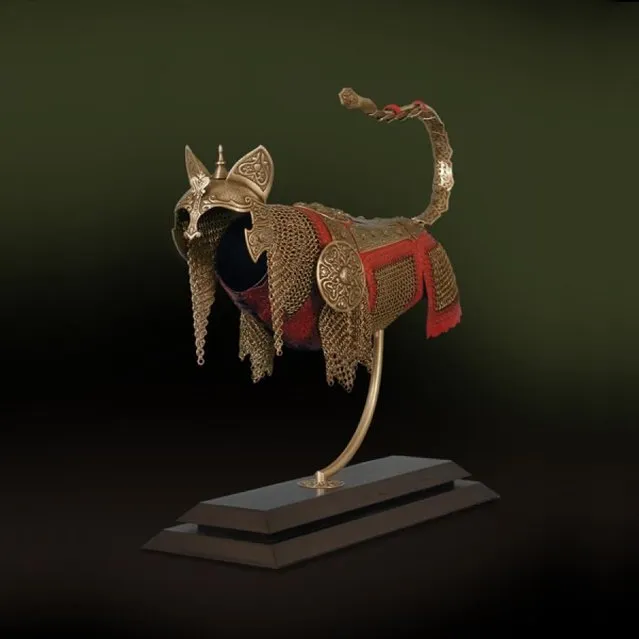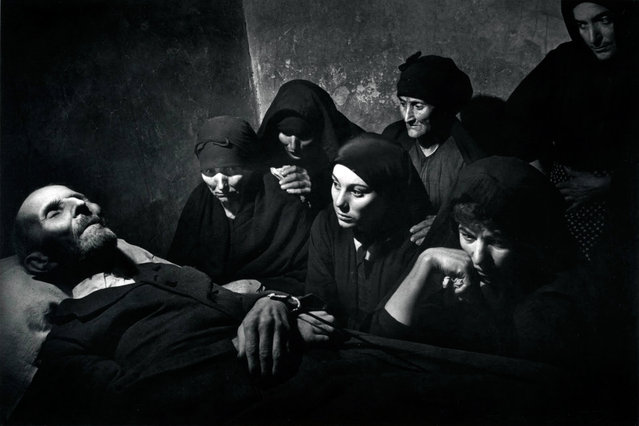
Playboy founder Hugh Hefner (not pictured) arrives at Stansted Airport on June 2, 2011 in Stansted, England. The photograph is a recreation of a picture originally taken in the 1960's, with ten of the new London Bunnies. Mr Hefner is back in the UK to mark the launch of the new Playboy Club in Mayfair, which opens on June 4. The clubs opening will welcome back the iconic Playboy Bunny to Londonafter a 30 year absence. Famous Bunnies have included Debbie Harry and Lauren Hutton. (Photo by Dan Kitwood/Getty Images)
03 Jun 2011 08:58:00,post received
0 comments







